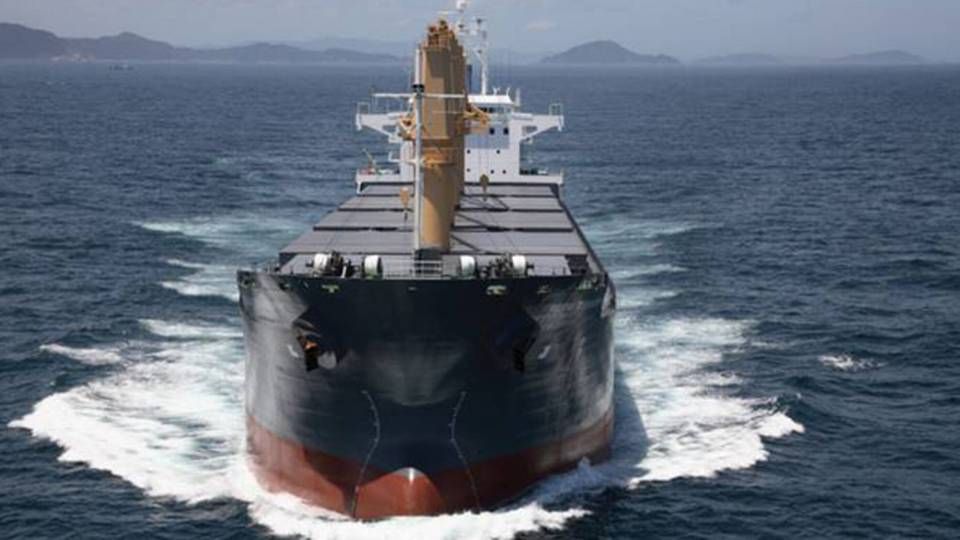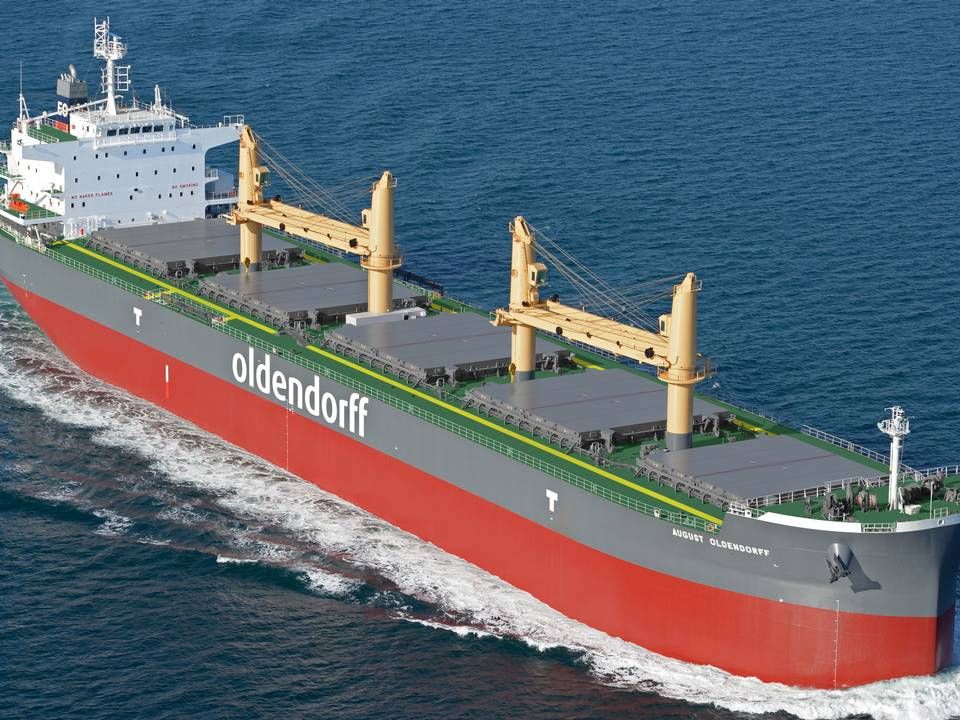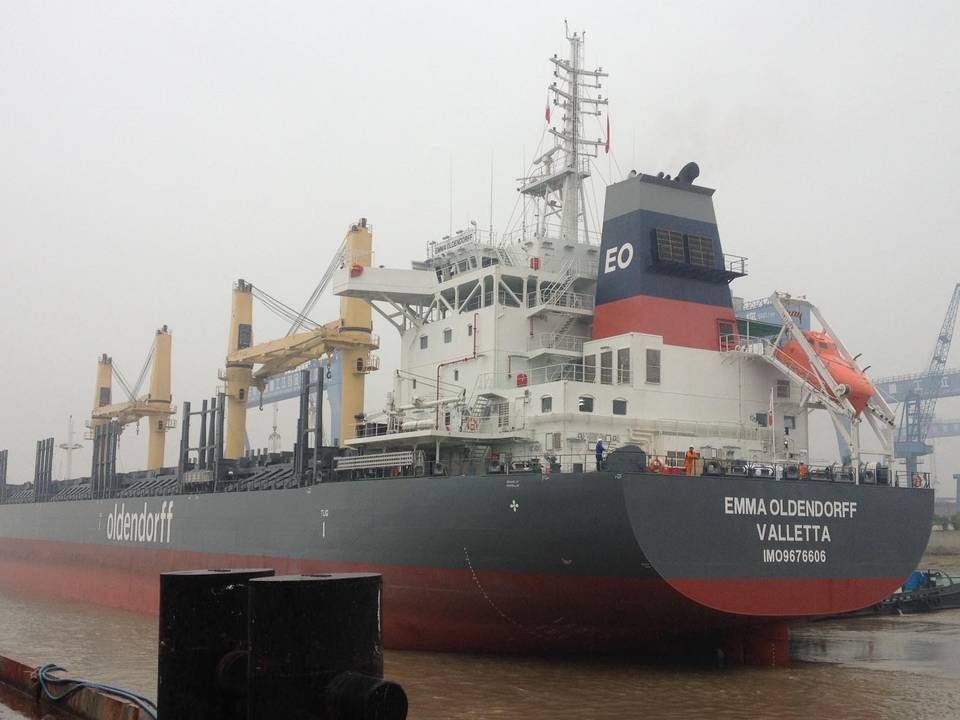Oldendorff continues aggressive fleet expansion

Germany's Oldendorff, already the biggest dry bulk operator in the world, has completed an explosive expansion of the carrier's fleet within the past few months alone.
The large-scale fleet expansion has thus continued since an overview of the carrier's fleet composition from January this year – just five months ago – showed total 600 vessels in the fleet, of which 135 were owned by the carrier or hired on bareboat charter contracts.
The new numbers also indicate that the comprehensive newbuilding program is delivering vessels on the water to Oldendorff.
While the current number covers 567 chartered vessels, 145 are owned or bareboat-chartered vessels.
Oldendorff's fleet expanded big-time in 2016
The world's biggest by far
The fleet count thus underlines Oldendorff's position as the world's by-far biggest dry bulk operator.
A leading position which the carrier until just a few years ago shared with Geneva-based Cargill Ocean Transportation, part of major US-based food conglomerate Cargill.
Oldendorff, known to keep matters close to its vest, does not have much to say about how the carrier is able to perform such a large expansion of the fleet and, one must assume, the business at a time when so many competitors are in dire straits.
"Our fleet size varies according to our business needs," says the company's Head of Communications, Scott Jones, in a brief comment to ShippingWatch.
According to dry bulk market observers, it is remarkable that Oldendorff can keep expanding while the Baltic Dry Index itself does not at all justify growing the scope of business, and at a time when other players are scaling down their fleet or trimming organizations in order to comply with commitments to banks or owners.
One of the reasons could be the size in and of itself, along with the fact that Oldendorff is privately owned with Henning Oldendorff serving as active chief executive in daily management.
The German carrier can for instance, via its volume, combine cargoes from places such as the US and the Caribbean, and can thus use the major Capesize vessels which many other markets players have tried and failed to get rid of in time.
But that is not the case for Oldendorff, which has no less than 154 Capesizes in its fleet.
Oldendorff has previously explained that the carrier uses significant resources – perhaps even more than other carriers can muster – on risk management, and the company is thus able to minimize its losses.
The carrier has in recent years delivered positive results, again unlike many of its peers in the dry bulk sector.
English Edit: Daniel Logan Berg-Munch
Oldendorff sets new bunker purchase record
Related articles
Oldendorff's fleet expanded big-time in 2016
For subscribers
Oldendorff sets new bunker purchase record
For subscribers
Oldendorff Carriers opens Copenhagen office
For subscribers


















